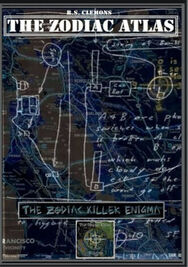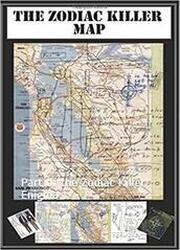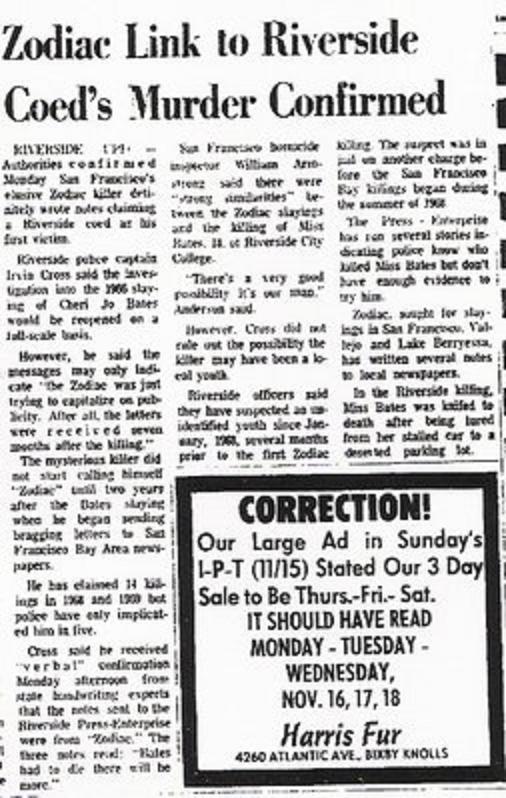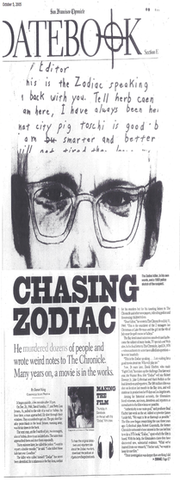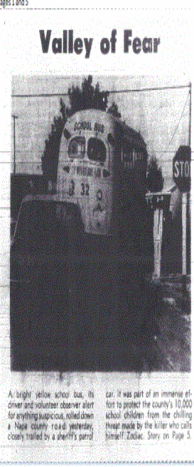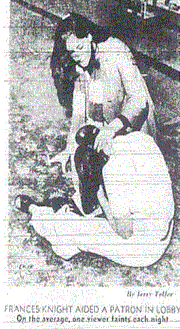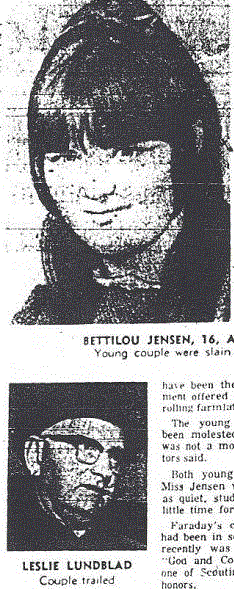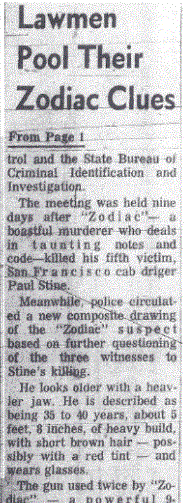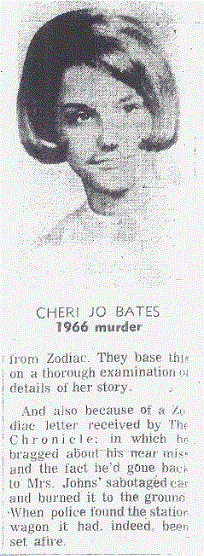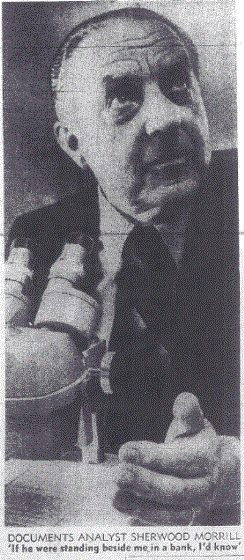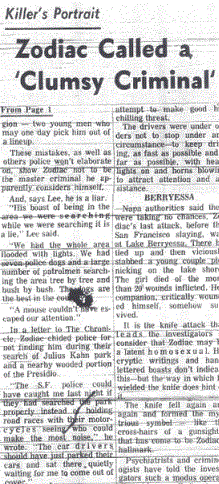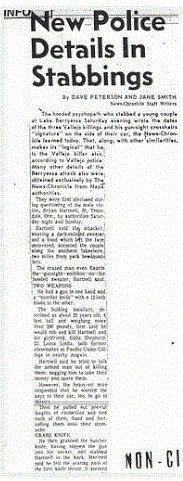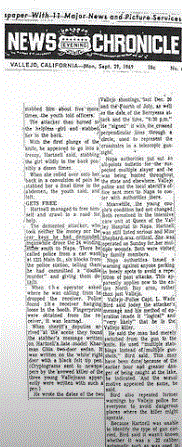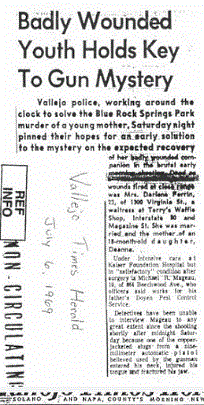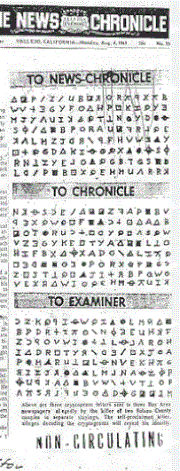Mitochondrial DNA (such as found in hair shaft devoid of the root) is maternally inherited, so has distinct limitations compared to nuclear DNA. It cannot be used as definitive proof a suspect is the donor of say a hair shaft found at a crime scene, only to exclude that individual from being the source. William Gregory was exonerated in 2000 when his mtDNA was subsequently found to not match six hairs from an attempted rape case. In the case of the Riverside murder of Cheri Jo Bates, a mitochondrial DNA sample was extracted from the hair shaft retrieved from Cheri Jo's thumb at autopsy, but this failed to provide a match to their prime suspect in the case. Whether or not this mitochondrial DNA from Riverside has been compared to any suspects hair in the Zodiac case is another topic, along with any nuclear DNA retrieved from the letters in both cases.

Recent advances have opened up the possibility of a definitive match to a suspect, using only a shaft of hair, based upon its constituent proteins, that may be unique to an individual. So far scientists have detailed 185 protein markers and hope to focus in on 100, enough to identity an individual from the world's population. www.sciencedaily.com/releases/2016/09 This may be useful going forward in producing a 'protein fingerprint' database. Once a hair is taken from a suspect, either dead or alive, it would then be entered into the database to effectively single out the specific perpetrator of a crime. In respect to the Zodiac case, the horse may have bolted, but along with salivary amylase and partial DNA recovered from the stamps and envelopes in the Zodiac case, the power of mtDNA in regards to hair retrieval, should not be underestimated as a supplemental crime fighting tool in our case.

Was this a play on words; Across hair - found under the stamp directly across from the Zodiac sign. Was the Zodiac really this devious and clever, or just my imagination running wild? Most likely the latter.
THE ZODIAC KILLER'S DNA PART ONE




 RSS Feed
RSS Feed



